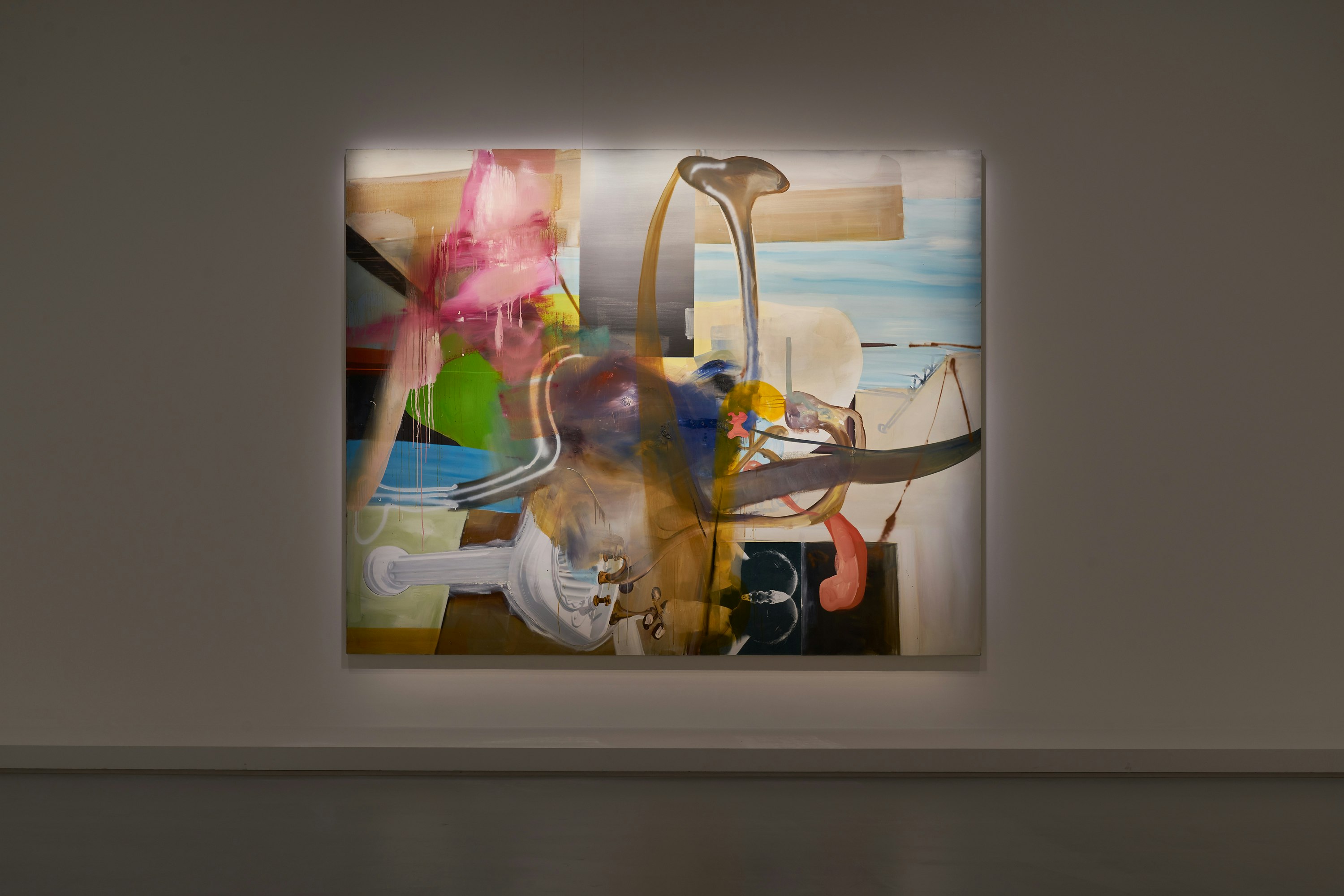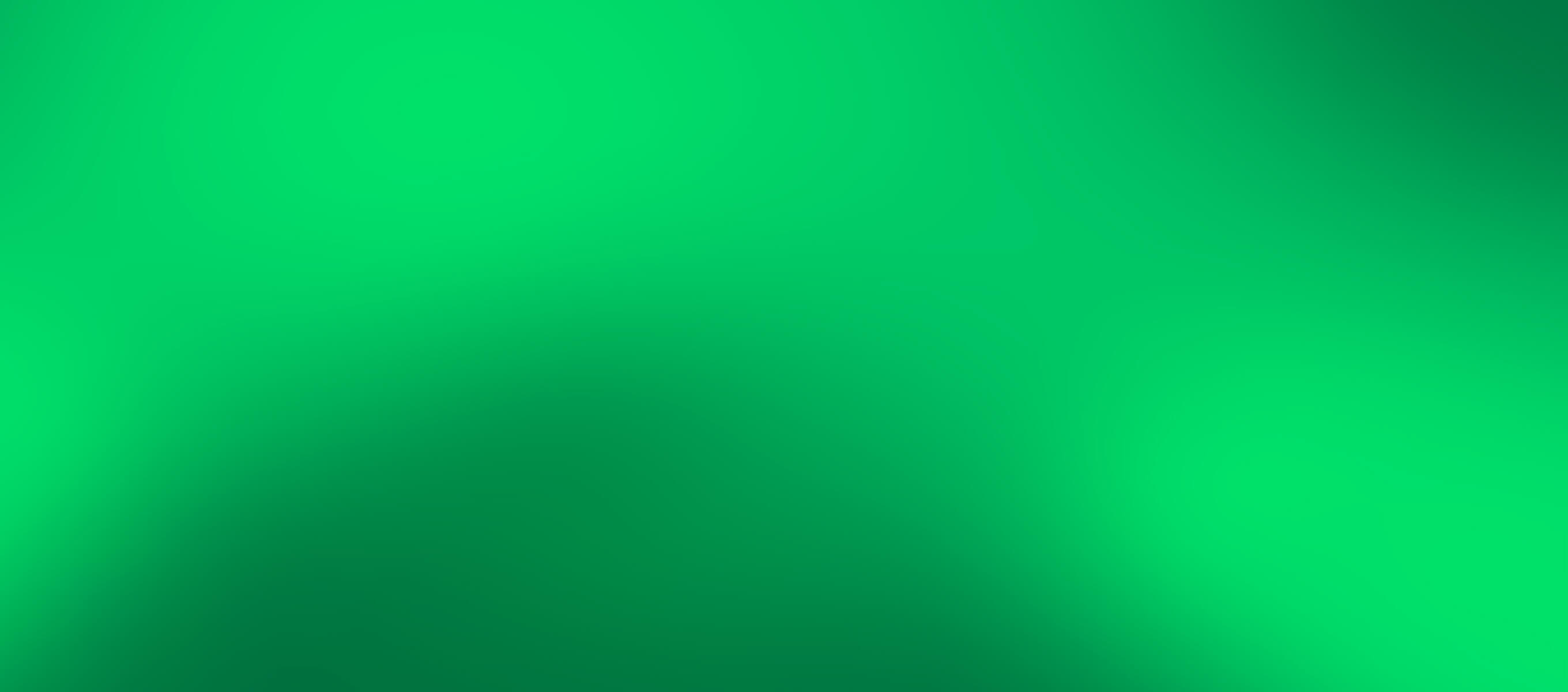ALBERT OEHLEN - MALEREI

© Adagp, Paris 2024 Photo credits: © Primae / Louis Bourjac
- Date
- From 24.05.2024 to 27.10.2024
- Place
-
Espace Louis Vuitton Beijing
-
China World Mall South Zone W. Bldg. 1 Jianguomenwai Ave.
-
Beijing
- Phone
-
T. +86 216 1332 856
- Hours
-
Open everyday From 11 a.m. to 7 p.m.
The Espace Louis Vuitton Beijing is proud to present Malerei, an exclusive exhibition dedicated to German artist Albert Oehlen.
An admirer of the style and historical irony of Jörg Immendorff, then influenced by the teachings of Sigmar Polke, Albert Oehlen was swept up in the momentum of the German Neo-Expressionism or “Bad Painting” movements in the early 1980s, that resonated with the figurative-painting revival underway in Europe and the United States. He became involved with the Cologne scene, an informal group that included notably his brother, Markus Oehlen, Georg Herold and Werner Büttner. Oehlen forged a close relationship with Martin Kippenberger, developing critical thinking and a genuine love of painting. He then set rules for himself, such as using a palette of only grey and brown, as he did until 1987. He deviated markedly from such restrictions now and then, particulary for his portrait of Hitler in three primary colours in 1986.
His first approach of abstraction officially happened in 1988 – a personal choice but also mirroring the history of modern painting. A false stylistic upheaval for Oehlen, as he had already titled some of his figurative works “abstract paintings” for greater license, a working freedom shaking off all constraints and placing them in a broader visual context: graphics, advertising, music, etc. Progressively, perspective disappeared from Oehlen’s painting, creating depth with a conspicuous use of vivid colours, through layering, strata of varying opacity, from transparency to obliteration.
Espace Louis Vuitton Beijing
Sa première approche de l’abstraction a officiellement eu lieu en 1988, un choix personnel qui reflète aussi l’histoire de la peinture moderne. C’était un faux bouleversement stylistique pour Oehlen, car il avait déjà intitulé certaines de ses œuvres figuratives « tableaux abstraits » pour s’offrir plus de marge de manœuvre. Cette liberté de travail éliminait toute contrainte et inscrivait ses œuvres dans un contexte visuel plus large : graphisme, publicité, musique, etc. La perspective a progressivement disparu de la peinture d’Oehlen, qui créait de la profondeur en utilisant des couleurs vives de manière bien visible et en superposant des couches d’opacité variée, de la transparence à l’effacement.

RASIEREN 2005
Courtesy of the artist and Fondation Louis Vuitton © Adagp, Paris 2024 Photo credits: © Sun Shi/ Louis Vuitton

UNTILTED 2017
Courtesy of the artist and Fondation Louis Vuitton © Adagp, Paris 2024 Photo credits: © Sun Shi/ Louis Vuitton
Painting as a “screen” was crystallised in the 1992 Computer Paintings series: using his Texas Instrument laptop to paint, Oehlen reconnected with the modernist theme of joining forces with technology while simultaneously being aware of the instantly obsolete nature of so-called progress. Black-and-white reticular diagrams were screen-printed onto a canvas, which the artist would then rework by hand, using techniques, lines and images interpenetrated in simultaneously organic and vitalist ways, yet consciously composed. Still, his late 1990s “grey paintings” (Grau), whose monotony incorporates figurative fragments, coexisted with the production of his most colourful and abstract works.

ROCK 《石头》2009年
© Adagp, Paris 2024 Photo credits: © Primae / David Bordes
“I wanted emotions! At some points, I had to admit to myself that my approach to art was a bit sober. At the same time, I'd always wanted to do Pop Art, big, colourful things with immediate appeal,” the artist said. With his polymorphic approach, Oehlen continuously rejects the abstraction-figuration dichotomy, presenting primitive Expressionism in an image-saturated environment. While his 2008 Fingermalerei (”Finger Paintings”) are partially computer-produced, the same series in 2014 is free of any manufactured visuals. While his 2013 Interieurs series shows no manual trace, producing collage paintings of advertisements with crude graphism, his 2016 Trees series is created with the constraint of a recognisable figurative element: a tree trunk… The multifaceted oeuvre of Albert Oehlen is impossible to summarise, were it not for the painter’s own words: “Qualities that I want to see brought together: delicacy and coarseness, colour and vagueness, and, underlying them all, a base note of hysteria.”
Albert Oehlen
Albert Oehlen graduated from the Academy of Hamburg, where he studied under Sigmar Polke. He explores the pictorial medium through an artistic process in which he unceasingly reinvents the rules for each new series.
He explores the medium—from figurative to abstract—using a variety of tools and innovative techniques to reinvent forms of painting and push their limits, making each painting a unique universe.


